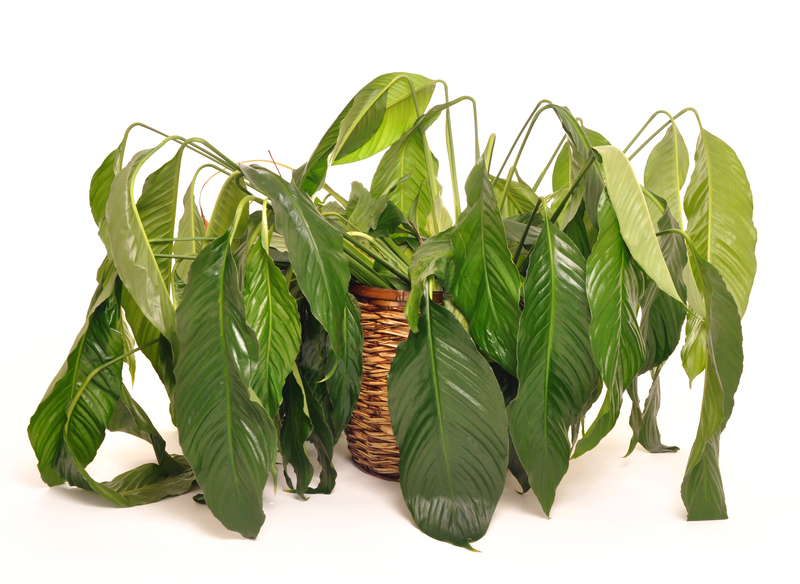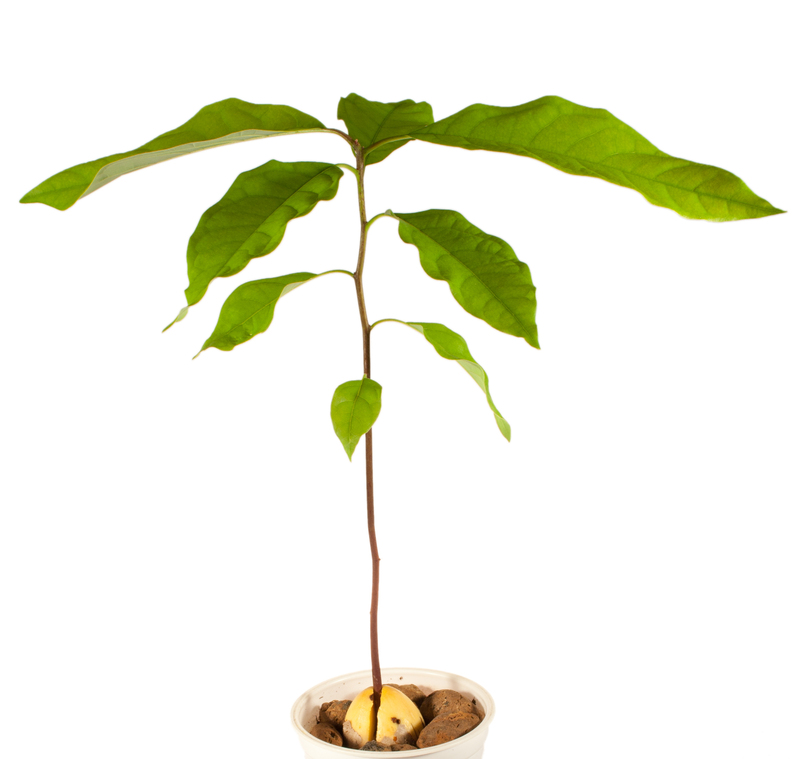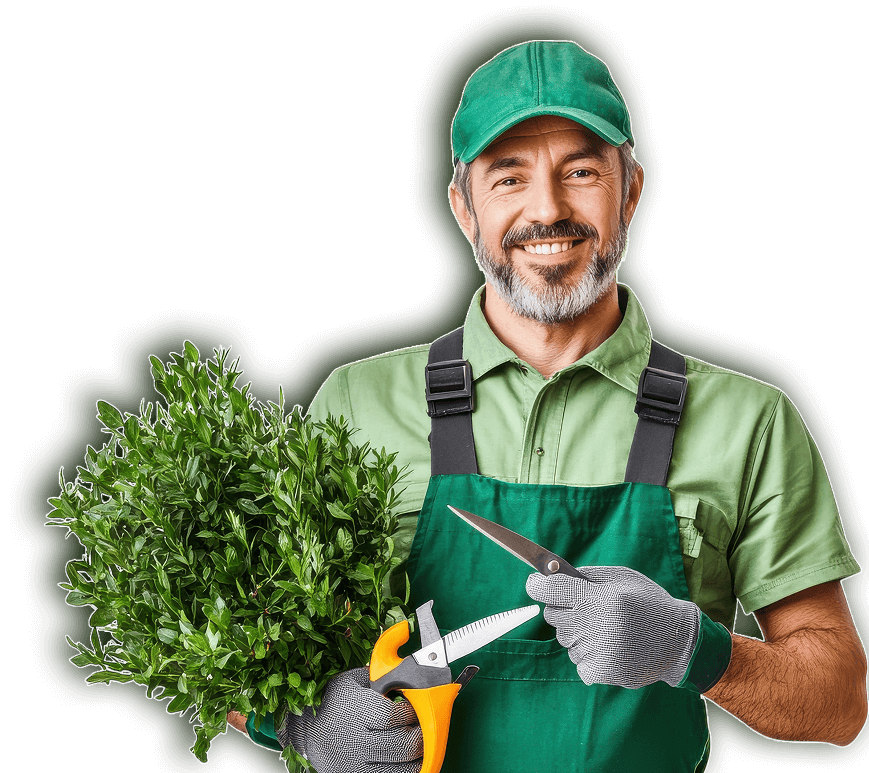The Basics of Container Gardening
Container gardening is an increasingly popular method of growing plants in containers rather than directly in the ground. This technique is ideal for those with limited space, poor soil quality, or simply a desire for a more manageable gardening solution. Whether you're planting flowers, herbs, vegetables, or even small trees, container gardening offers a flexible and convenient way to cultivate your green thumb. In this article, we'll delve into the essentials of container gardening, including its pros and cons, practical tips, and key takeaways.
Choosing the Right Containers
The first step in container gardening is selecting appropriate containers. The choices are vast--from pots and planters to buckets and barrels. Here are some important factors to consider:
- Size: Ensure the container is large enough to accommodate the plants' mature size and root system. Smaller plants like herbs can thrive in small pots, whereas larger vegetables or shrubs may require bigger containers.
- Material: Containers can be made from plastic, clay, metal, wood, or fabric. Each material has its pros and cons. For instance, plastic is lightweight and retains moisture well, while clay offers better aeration but dries out quickly.
- Drainage: Good drainage is crucial to prevent root rot. Ensure your containers have adequate drainage holes, or add a layer of gravel at the bottom to improve water flow.

Choosing the Right Soil
Using the right soil is critical for successful container gardening. Regular garden soil is too dense for containers and can lead to poor drainage and compaction. Opt for a high-quality potting mix that is lightweight, well-draining, and nutrient-rich. You can also mix in some compost to improve soil fertility.
Selecting Plants for Container Gardening
Almost any plant can be grown in a container if the right conditions are met. Here are some popular choices:
- Flowers: Petunias, marigolds, and geraniums are excellent options for bright and colorful blooms.
- Herbs: Basil, rosemary, and mint grow well in pots and are perfect for culinary uses.
- Vegetables: Tomatoes, peppers, and lettuce can thrive in containers with the proper care.
- Fruits: Dwarf varieties of fruit trees, like lemons and strawberries, are suitable for container gardening.
Watering and Feeding
Containers dry out more quickly than garden beds, so consistent watering is essential. Check the soil daily and water when the top inch feels dry. Containers may also require more frequent fertilization. Use a balanced, water-soluble fertilizer every two to four weeks during the growing season.
Pests and Diseases
Plants grown in containers are not immune to pests and diseases. Keep an eye out for common problems like aphids, spider mites, and powdery mildew. Use insecticidal soap or neem oil as a natural remedy, and ensure good air circulation around your plants to reduce the risk of diseases.
Pros and Cons of Container Gardening
Pros:
- Great for limited space, such as balconies, patios, or small yards.
- The flexibility to move plants around to follow the sun or protect them from harsh weather.
- Control over soil quality and conditions, reducing the risk of poor soil-related issues.
Cons:
- Containers can dry out quickly and may require daily watering during hot weather.
- Potentially higher costs for containers, potting mix, and frequent fertilization.
- Limited root space can restrict the growth of larger plants.
Tips for Successful Container Gardening
- Use containers with drainage holes to prevent waterlogging.
- Group plants with similar water and light requirements together.
- Elevate containers on pot feet or bricks to improve drainage and prevent water accumulation.
- Rotate containers periodically to ensure even light exposure for all plants.
- Mulch the top of the soil to retain moisture and suppress weeds.

Key Takeaways
- Choose the right container and soil mix for the plants you want to grow.
- Consistent watering and periodic fertilization are essential.
- Be vigilant about pests and diseases, and take proactive steps to manage them.
Conclusion
Container gardening is a versatile and rewarding way to grow plants in various environments, making it accessible to gardeners of all levels. By choosing the right containers, soil, and plants, and following proper care practices, you can enjoy a thriving garden even in the smallest of spaces. While it comes with its share of challenges, the benefits far outweigh the drawbacks, offering a fulfilling and practical solution for urban and suburban gardeners alike.
So, whether you're a seasoned gardener or a budding enthusiast, give container gardening a try and enjoy the fruits (and flowers) of your labor!





